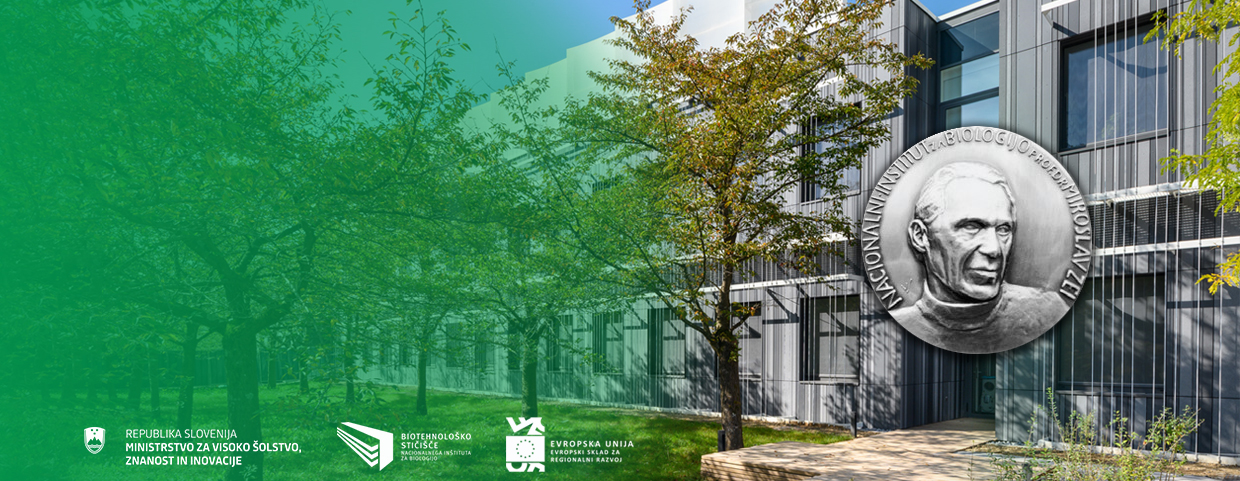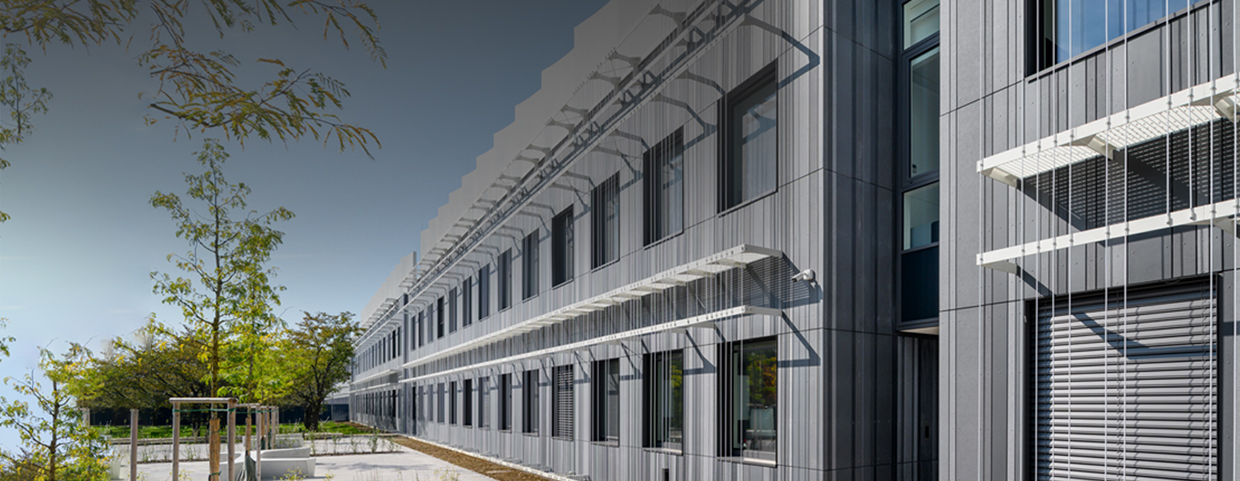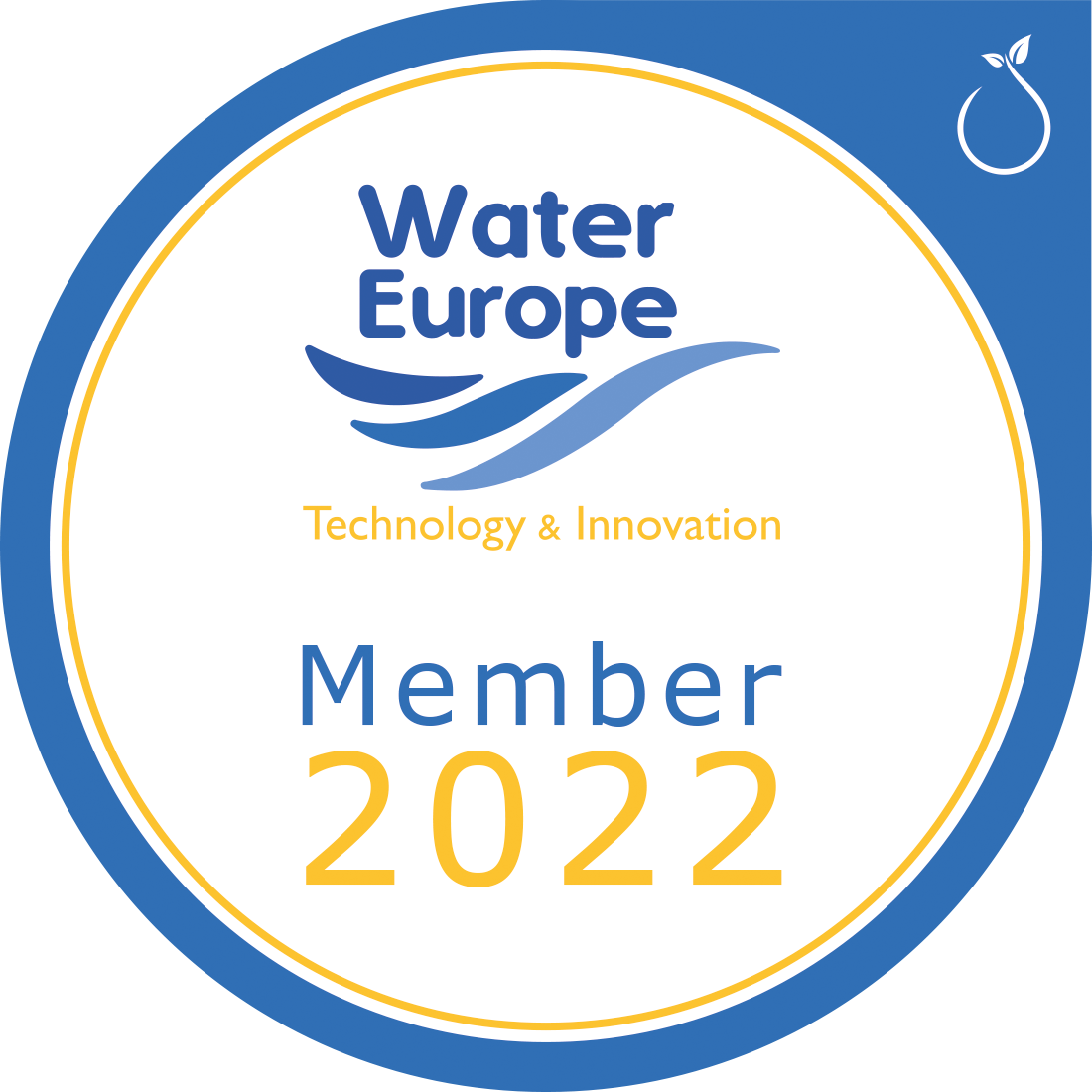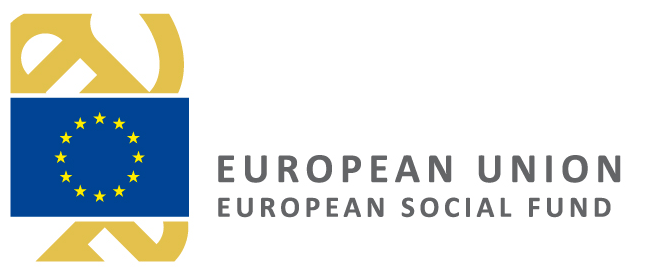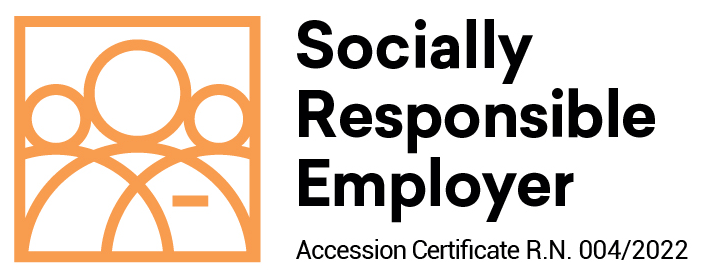21
Sep
National Institute of Biology kindly invites you to attend the lecture: "The subgenual organ complex in orthopteroid insects: a hotspot for mechanosensory organ diversification" by dr. Johannes Strauss
The lecture will take place on Thursday, the 21st September 2015, at 14:00 p.m. in the Lecture Hall B3 of the Biological Centre, Večna pot 111, Ljubljana.
»The subgenual organ complex in orthopteroid insects:
a hotspot for mechanosensory organ diversification«,
Chordotonal or scolopidial organs are mechanosensors which occur in great diversity in the insect body, and they detect internal stimuli like stretch, or external stimuli like vibration or sound.
An important vibration detector is the so-called subgenual organ, located in the leg of many insects. This seminar will consider the diversity of organs in the subgenual organ complex and their evolution in insects like stick insects, locusts, or cave crickets.
Neuroanatomy shows the diversification of mechanosensors in these insect groups, which suggests a differentiation of functions, like tuning to different vibration frequencies. Considering the evolutionary relationships within orthopteroid insects, highly ordered sensilla in linear arrangement evolved repeatedly.
In addition, axonal tracing allows to distinguish groups of neurons within one organ, or show small organs like the accessory organ, which has been neglected in several lineages. Neuroanatomy of the different organs may thus also guide physiological approaches.
Comparative neuroanatomy highlights that the subgenual organ complex was repeatedly modified and extended. This makes the orthopteroid insects a group suitable to study the sensory evolution of insect mechanosensors.
Kindly invited!

